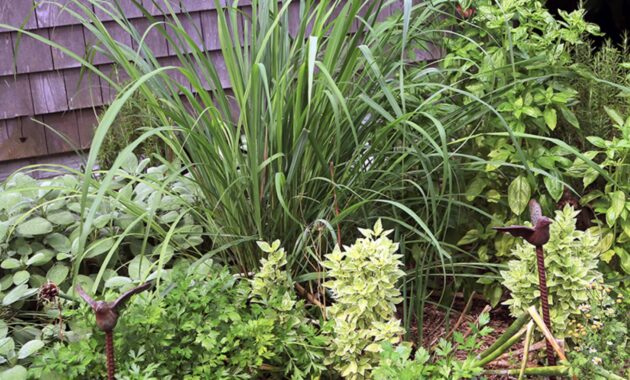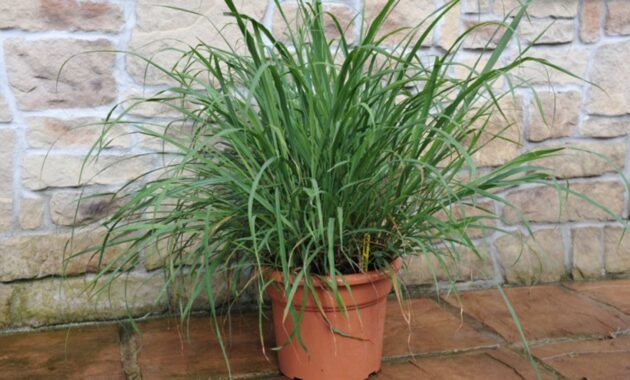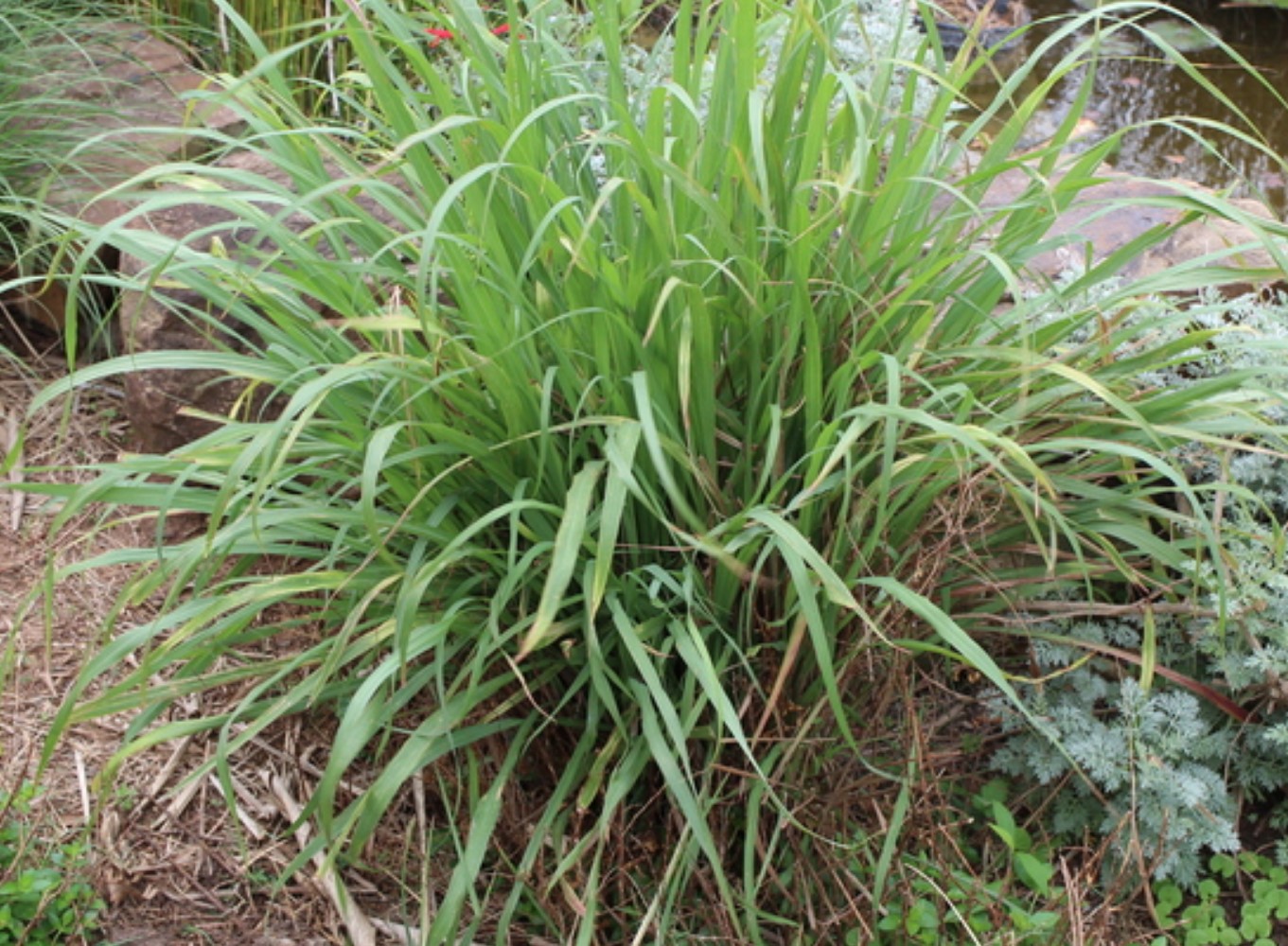
Cymbopogon citratus, commonly known as West Indian lemongrass, is a tropical plant renowned for its citrus-like fragrance and versatile culinary and medicinal uses. If you’ve ever enjoyed a refreshing lemongrass tea or a zesty Thai curry, chances are you’ve tasted this exact variety of lemongrass. Known for being easy to grow and beneficial both in the kitchen and around the house, Cymbopogon citratus is a must-have for herb enthusiasts.
Overview of Cymbopogon citratus
| Feature | Description |
|---|---|
| Common Name | Lemongrass |
| Scientific Name | Cymbopogon citratus |
| Family | Poaceae (Grass family) |
| Native Range | Southeast Asia |
| Height | 3 to 5 feet |
| Light Requirements | Full sun |
| Watering Needs | Moderate, well-drained soil |
| Primary Use | Culinary herb, medicinal purposes, essential oils |
| Growth Habit | Clumping, grass-like |
| Fragrance | Strong lemon-like scent |
| Toxicity | Non-toxic to humans and pets |
Growing Cymbopogon citratus: A Guide to Success
Whether you’re growing it for its culinary or medicinal properties, Cymbopogon citratus is quite easy to care for. Here’s how you can ensure your lemongrass thrives:
1. Sunlight and Location
This plant loves full sun, so make sure to place it in a sunny spot in your garden or on a sunny windowsill if you’re growing it indoors. It requires at least six hours of sunlight daily.
2. Soil and Watering
Well-drained soil is crucial. While Cymbopogon citratus needs regular watering, avoid waterlogged conditions, as it can lead to root rot. Let the soil dry slightly between waterings.
3. Pruning and Harvesting
For the best flavor and growth, regularly harvest the stalks. Cut them near the base when they’re about the thickness of a pencil. This encourages new growth and keeps the plant from becoming overgrown.
4. Temperature Sensitivity
Since lemongrass is a tropical plant, it’s sensitive to cold temperatures. In cooler climates, grow it in containers that can be brought indoors during the winter months.

Culinary Uses of Cymbopogon citratus
Lemongrass is a staple in many Asian cuisines, particularly in Thai, Vietnamese, and Indian dishes. Its citrusy flavor enhances soups, curries, teas, and even desserts.
1. Adding Flavor to Soups and Curries
The lemony flavor of Cymbopogon citratus shines in broths and curries, balancing the rich flavors with a refreshing note. Simply bruise the stalks with a knife before adding them to dishes to release their oils.
2. Lemongrass Tea
A quick way to enjoy the health benefits of lemongrass is by making lemongrass tea. Chop a stalk into small pieces and steep in hot water for 5-10 minutes. The tea is not only aromatic but also great for digestion.
Health Benefits of Cymbopogon citratus
Besides its culinary uses, Cymbopogon citratus offers a range of health benefits:
1. Digestive Aid
Lemongrass is known to aid digestion, reduce bloating, and relieve stomach discomfort. Drinking lemongrass tea after a heavy meal can help ease indigestion.
2. Anti-inflammatory and Antioxidant Properties
Lemongrass contains compounds that have anti-inflammatory and antioxidant effects. These properties make it helpful for reducing pain and inflammation and protecting the body from oxidative stress.
3. Stress Relief
The calming scent of lemongrass is often used in aromatherapy to reduce stress and anxiety. A simple lemongrass-scented candle or diffuser can create a relaxing atmosphere at home.
Conclusion: Why You Should Grow Cymbopogon citratus
Whether you’re after its culinary benefits or its medicinal properties, Cymbopogon citratus is an incredibly versatile herb that’s easy to grow and maintain. With the right care, you’ll enjoy its fragrant leaves and stalks all year round, either fresh from your garden or as part of your indoor herb collection.



